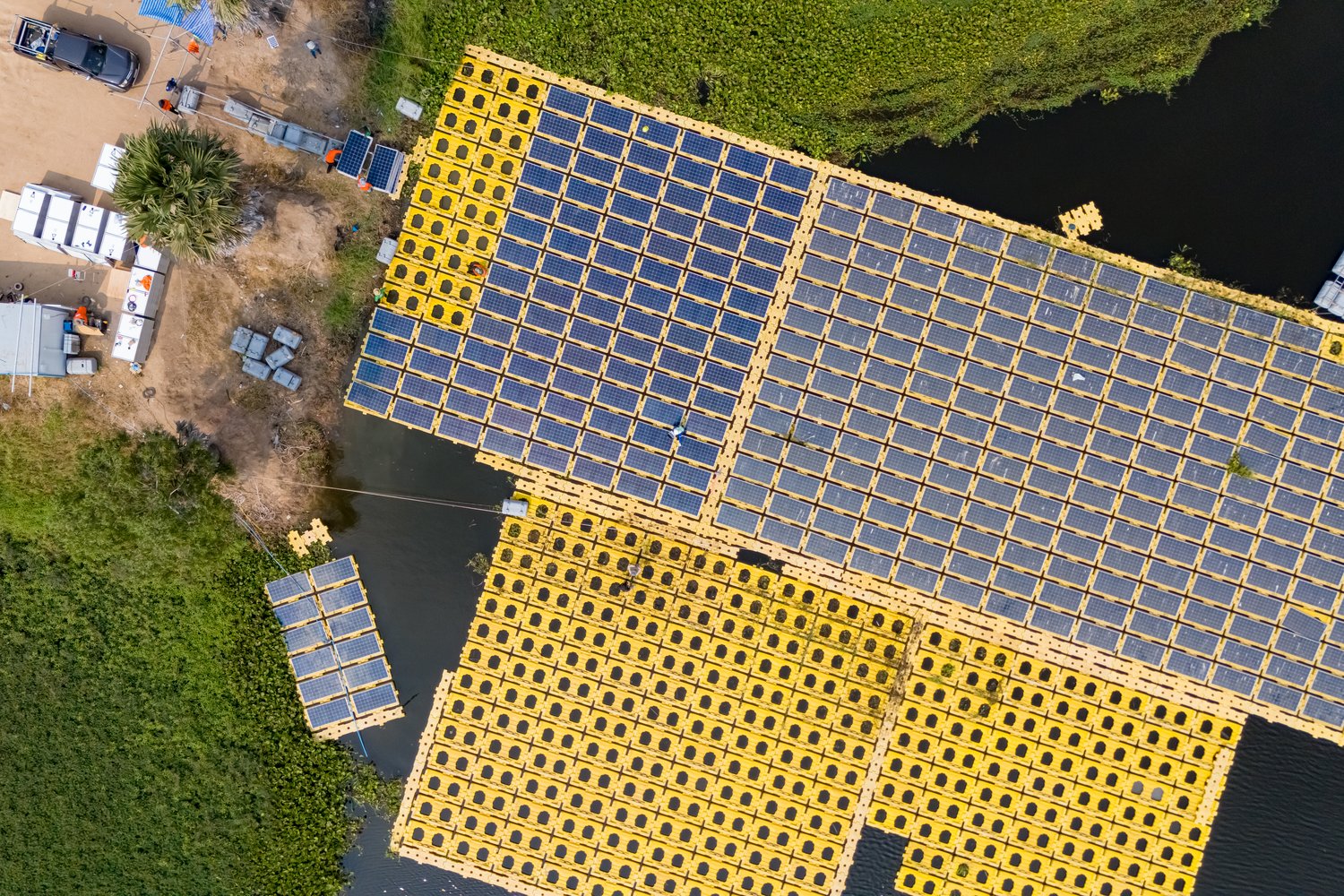Understanding the basics of solar energy
Solar energy is a renewable power source that’s gaining popularity worldwide. It harnesses the sun’s rays to generate electricity. This process occurs through photovoltaic panels, which convert sunlight into usable energy. These panels are made up of multiple solar cells, typically composed of silicon. When sunlight hits these cells, it creates an electric field. This field then produces a flow of electricity. The amount of energy generated depends on various factors, including panel efficiency and sunlight intensity. Modern solar panels can convert up to 22% of sunlight into electricity. This technology has improved significantly over the years, making it more accessible and cost-effective.
Benefits of installing Fotovoltaics panels Photovoltaic
Fotovoltaics panels Photovoltaic https://onninen.pl/en/products/Photovoltaic-and-energy-storage-systems/Fotovoltaics-panels offer numerous advantages for homeowners and businesses alike. They provide a clean, renewable source of energy that reduces reliance on fossil fuels. This can lead to significant savings on electricity bills over time. In many regions, excess energy can be sold back to the grid, creating additional income. Solar panels have a long lifespan, often lasting 25-30 years with minimal maintenance. They also increase property value, making them a smart investment. Furthermore, using solar energy reduces carbon footprint, contributing to environmental conservation. Many governments offer incentives for solar panel installation, making it more affordable.
Choosing the right solar panel system
Selecting the appropriate solar panel system requires careful consideration. The first step is to assess your energy needs. This can be done by reviewing past electricity bills and calculating average consumption. Next, evaluate your available roof space and its orientation. South-facing roofs in the Northern Hemisphere typically receive the most sunlight. Consider the climate in your area, as this affects solar panel efficiency. There are three main types of solar panels: monocrystalline, polycrystalline, and thin-film. Each has its own advantages in terms of efficiency, cost, and aesthetics. Consult with a professional to determine which type best suits your needs. Remember to factor in future energy requirements when sizing your system.
Importance of energy storage systems
Energy storage systems play a crucial role in maximizing the benefits of solar power. These systems allow you to store excess energy generated during sunny periods for use when sunlight is unavailable. This ensures a consistent power supply, even at night or during cloudy days. Battery storage systems come in various capacities, ranging from 3 kWh to 13 kWh for residential use. Lithium-ion batteries are currently the most popular choice due to their efficiency and longevity. They typically have a lifespan of 10-15 years. energy storage systems https://onninen.pl/en/products/Photovoltaic-and-energy-storage-systems also provide backup power during grid outages, enhancing energy security. Some advanced systems can even optimize energy use based on electricity rates, further reducing costs.
Installation and maintenance tips
Proper installation and maintenance are essential for optimal performance of your solar energy system. Always hire certified professionals for installation to ensure safety and efficiency. They will assess your roof’s structural integrity and make necessary reinforcements. The installation process typically takes 1-3 days, depending on system size. Regular maintenance is crucial for longevity. Clean panels every 6-12 months to remove dust and debris that can reduce efficiency. Inspect wiring and connections annually for signs of wear or damage. Monitor system performance through provided software to detect any issues early. Most systems come with warranties ranging from 10-25 years. Keep documentation of all maintenance and repairs for warranty purposes. With proper care, your solar energy system can provide reliable power for decades.





